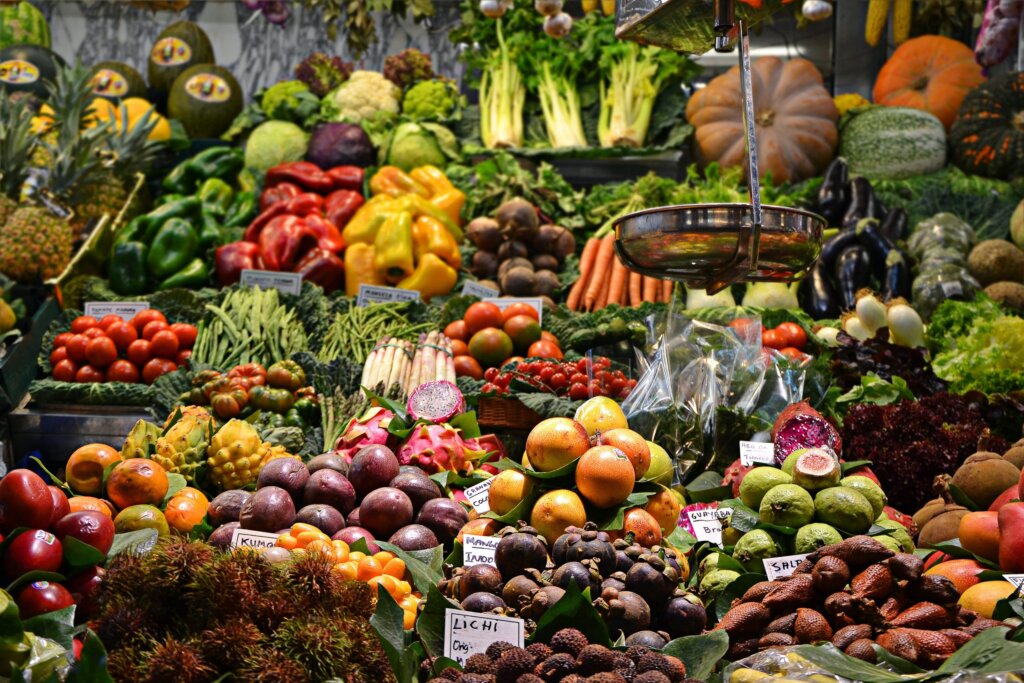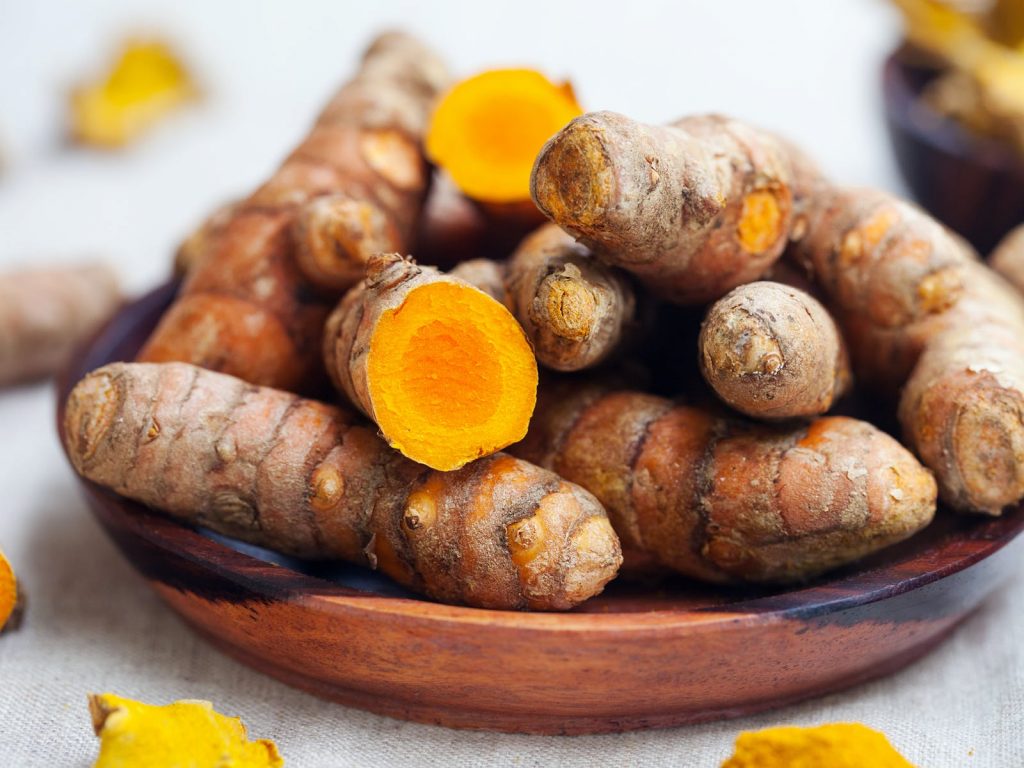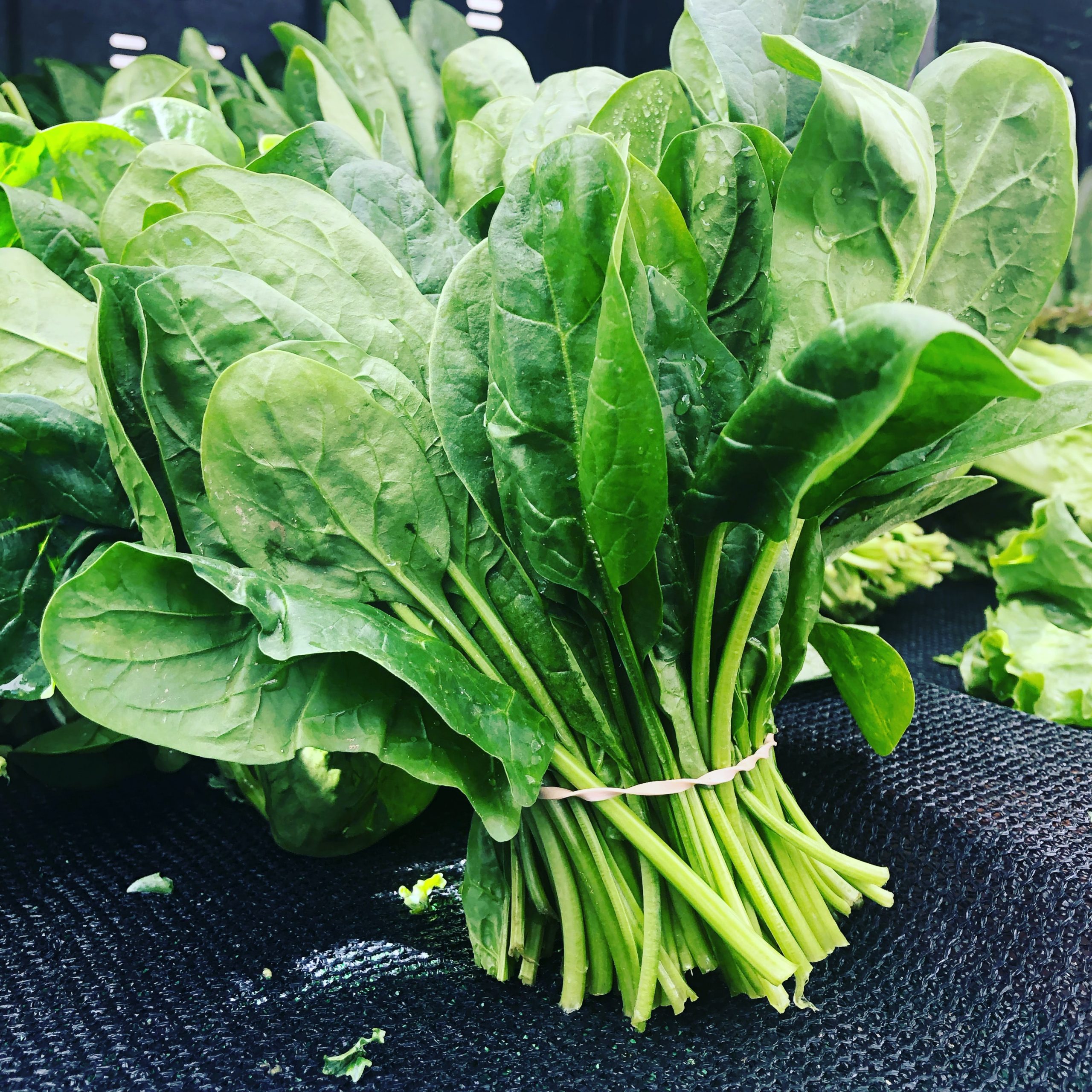Ever had a light blue latte macchiato? With a slice spread with pink and mint green cream cheese? Brightly colored foods are all the rage. Whether sweet or savory, cakes or sauces – color on the plate makes us happy. But it is not always necessary to reach into the chemistry set for the extraordinary colorful dishes. With a few simple tricks, you can easily make your own natural food dyes. Because nature has a lot to offer in terms of color.
TIPS & TRICKS
Basically, light foods are much easier to color than darker ones: a dark chocolate dough will hardly change its color with yellow food coloring. In that case, you should bake the dough first and then decorate it with a glaze, topping, or fondant.
When coloring liquid foods, it’s best to use a liquid coloring agent as well. If, on the other hand, you are dealing with a tough dough, coloring powder is the method of choice. Coloring powder has a longer shelf life. A coloring juice, on the other hand, should be processed as soon as possible.
With natural food coloring, you need to use a larger amount of powder or juice to achieve the desired shade compared to artificial.
How to
Make food coloring from berries
Put plenty of berries in a pot and boil them until they are soft. If you don’t mind the seeds, you can also puree the berries raw. Then strain them through a sieve to separate the color juice from the small seeds.
Make food coloring from vegetables
Cut the vegetables into small pieces and boil them with a little water until soft before you puree them in the blender. Then you can pass the vegetables through a sieve and collect the coloring pulp.
Make the coloring powder
Boil down the juice while stirring to a thick paste. Stir in powdered sugar as soon as the mixture sticks to the bottom. The powdered sugar will cause crumbs to form in the mixture. Spread the mixture on a baking sheet and let it dry in the oven at 30 degrees. Afterward, you can grind the powder in a mortar to get the finest possible consistency. Shelf life of the color powder: Stored dry, dark, and not too warm, the powder will keep for a few weeks.
Red & Purple
- Raspberries (light red)
- Red currants / Redcurrants (light red)
- Beet / Red Beet (dark red)
Raspberries or red beets make a wonderful rich red color. If you add some baking soda to it, you get a more purple tone.
Orange & Yellow
- Turmeric (attention own taste)
- Saffron
- Paprika powder
- Carrots
For spicy dishes, turmeric is good for yellow coloring, unfortunately, saffron can’t score with the price. Carrots are excellent for sweet dishes.
Green
- Matcha tea
- Wheatgrass powder (Attention: Note own taste)
- Spirulina algae powder
- Chlorella
- Barley grass powder (Attention: note own taste)
- Spinach
- Parsley
To get a green hue from spinach or parsley, wash the leaves and puree them with a little water.
Then pass the mixture through a fine sieve and collect the juice. The juice is then brought to a boil in a pot. After a short time, the green dye chlorophyll appears on the surface, which you can easily skim off with a spoon.
Shelf life: one week in the refrigerator. Chlorophyll is not suitable for freezing!













